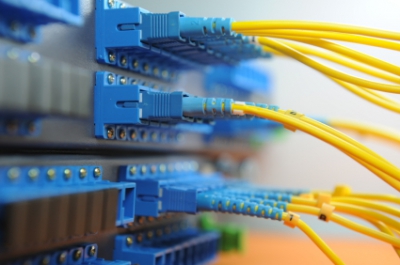The level of reliability of disk drives in this type of array plays the utmost role. In order to make RAID 0 array, one will have to use only those hard disk drives that are designed specifically to work as part of an array (raid edition disks). Disk drives that are not designed to work in an array may substantially differ in terms of such parameters as read/write speed and seek time. If you want to avoid looking for information on how to recover RAID 0, do not use drives of different models, and, moreover, hard drives of different manufacturers. However, if the above mentioned recommendations have been observed and RAID 0 array still failed, below you will find information on how to recover RAID 0.
Short instruction with the help of which you will understand how to recover RAID 0 array:
- It is necessary to copy the data from all drives that are part of RAID 0 array before recovering it.
- In the event of unstable operation or presence of bad blocks in one or several disks of array, it is necessary to make sector-by-sector copy of the drive. If nothing works out at this stage, the question ‘how do I recover RAID 0?’ will not be valid since it will not be possible.
- It is necessary to mount RAID 0 correctly out of created drives’ copies and determine their strict sequence and also by setting the necessary value of data block stripe. After that copy data to another hard disk drive.



 RAID 0 arrays imply the process of data striping, i.e. variable recording of part of data to each drive of the array.
RAID 0 arrays imply the process of data striping, i.e. variable recording of part of data to each drive of the array.
